I was born and raised in the village, where there are green bamboo fences rustling tightly, where I was embraced since my barefoot childhood, where there is honesty and simplicity with golden rice fields, irrigated by the canal...
I was born and raised in the village, where there are green bamboo fences... Photo Internet
Having to live far from home for more than half of my life, occasionally returning to my hometown, I spend my limited time walking on the village roads, to be happy, to witness the changes of my hometown, to remember my childhood with the bamboo hedges full of memories. And suddenly, a poem by Nguyen Duy from my school days resonated in me:
“Green bamboo
Green since when?
Once upon a time... there was a green bamboo bank
Skinny body, fragile leaves
But why should we build a bamboo rampart?
Bamboo is green everywhere
Even though the soil is gravel and poor lime soil...
I followed the long, winding alley that hugged the entire edge of the village, now paved with concrete, spacious and clean, with many new houses built. The sounds of carpentry and welding tools were cheerful. The bamboo grove had been mostly cut down, with only a few small bushes growing sparsely. A little stunned in my memory, I stopped by the bamboo grove at the beginning of the village, the bamboo grove from before I was born: “Mr. Canh’s bamboo grove”.
Oh, the beloved old bamboo bushes of my childhood, of many generations of hard-working, hard-working villagers! Summer afternoons playing marbles and throwing towels with friends, and winter days peeling old bamboo shoots, collecting dry sticks for my mother to light the fire. Mr. Canh diligently dug up and trimmed the old roots to dry for fuel. When I naively asked, he said: Dig up the old roots so that the bamboo can sprout new shoots. This bamboo bush was planted at the beginning of the village, so it became a gathering place for people to rest after working in the fields, so he couldn't bear to cut it down and left it there until today.
The beloved old bamboo bush of childhood, of many generations of hard-working, diligent villagers... Photo: Internet
In the past, when there were difficulties and shortages, bamboo was like a sympathetic, caring person, like the friendly character of the village. Bamboo was planted a lot and became a shield every rainy and stormy season. Bamboo is easy to grow and has a strong vitality even when it has to be cut down. Bamboo was used for big things like building houses, pillars, fences, plows, rice mills and livestock barns; for small things like weaving baskets, trays, hoe handles, shovel handles, bucket handles, toothpicks, chopsticks...
Bamboo is the joy of children from guns, bamboo sticks, fishing rods. Bamboo is used as a pole to send people to the clouds and smoke. Everything needs bamboo. On hot summer afternoons, people sit on bamboo beds, fanning themselves with bamboo fans or hang hammocks, lie down under the shade of bamboo and chat happily. Bamboo was also a source of food in the past. Bamboo shoots were picked, sliced, boiled and eaten to relieve hunger, with a slightly bitter taste on the tip of the tongue. Bamboo leaves were used by oriental medicine practitioners in pots of steam to cure diseases...
Seeing bamboo is seeing a peaceful, serene color.
Seeing bamboo is seeing a peaceful, serene color. Under those bamboo clumps is the cultural identity of the community, the lifeblood, the endless source of love in each person. Bamboo is no longer an essential thing in the needs of the countryside. Although it is gradually becoming sparse, bamboo still exists elegantly and gracefully when planted as an ornamental plant in cafes, hotels, restaurants... Bamboo is used to make fine art, souvenirs, and statues crafted from roots and stumps that are very soulful and popular.
Returning to the village and seeing the bamboo makes me feel strangely calm, so peaceful and calm. The atmosphere is fresh and familiar, and I can see the simple yet noble image of my hometown.
Center
Source


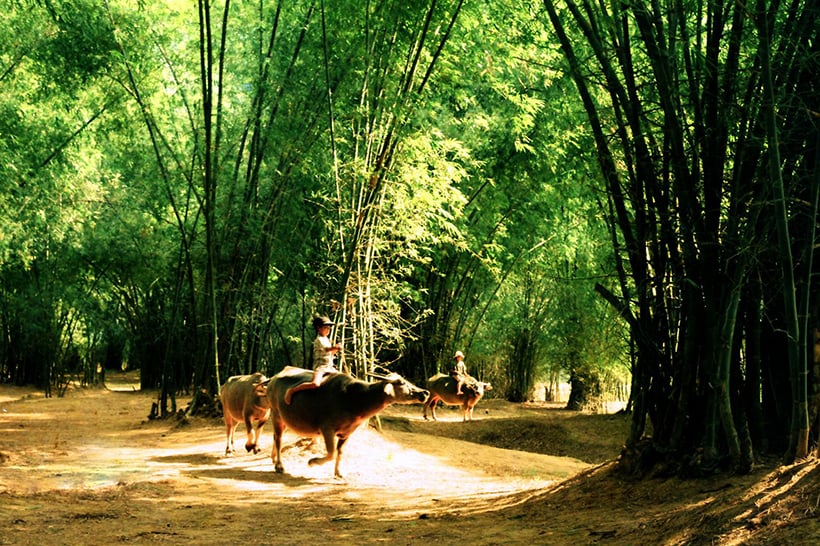
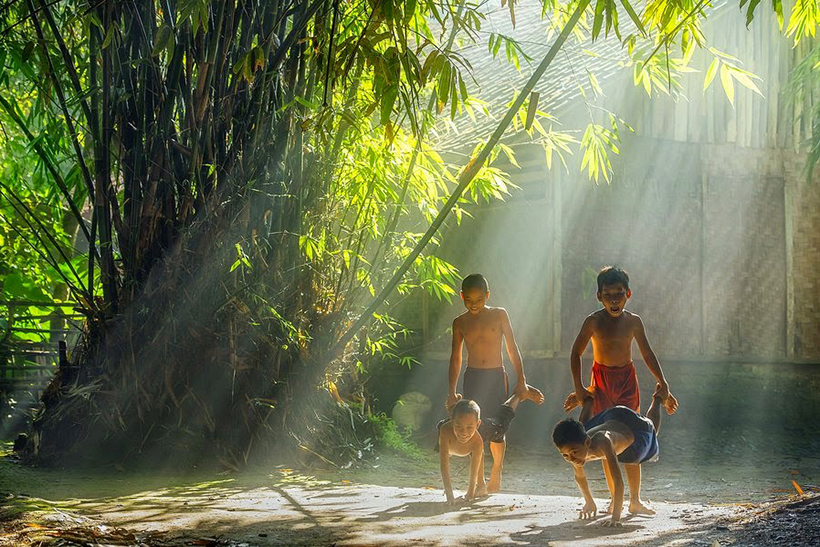
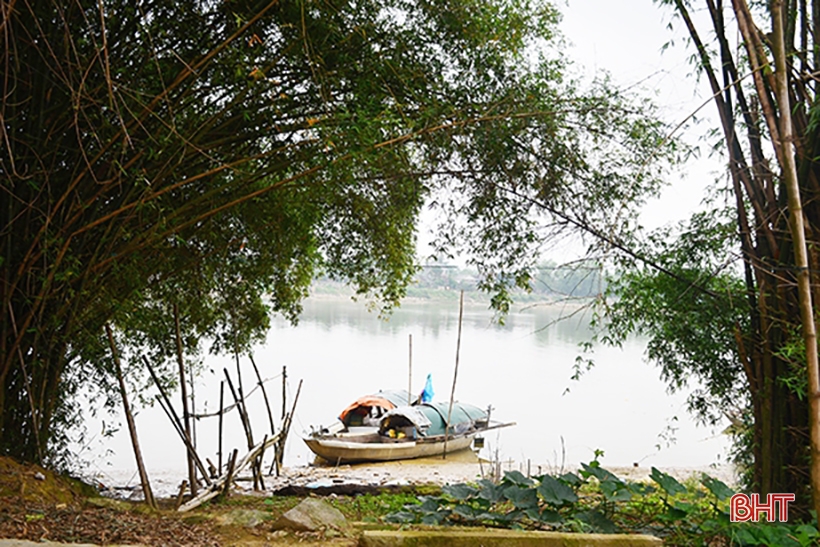




![[Photo] 60th Anniversary of the Founding of the Vietnam Association of Photographic Artists](/_next/image?url=https%3A%2F%2Fvphoto.vietnam.vn%2Fthumb%2F1200x675%2Fvietnam%2Fresource%2FIMAGE%2F2025%2F12%2F05%2F1764935864512_a1-bnd-0841-9740-jpg.webp&w=3840&q=75)
![[Photo] National Assembly Chairman Tran Thanh Man attends the VinFuture 2025 Award Ceremony](/_next/image?url=https%3A%2F%2Fvphoto.vietnam.vn%2Fthumb%2F1200x675%2Fvietnam%2Fresource%2FIMAGE%2F2025%2F12%2F05%2F1764951162416_2628509768338816493-6995-jpg.webp&w=3840&q=75)
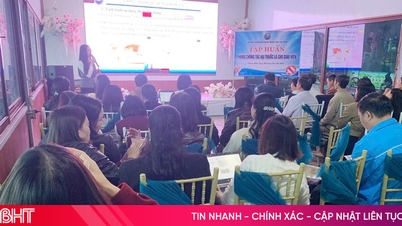



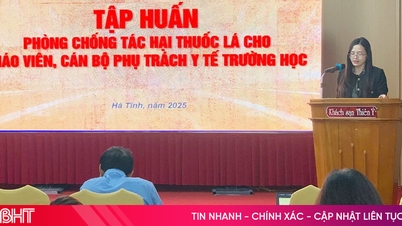
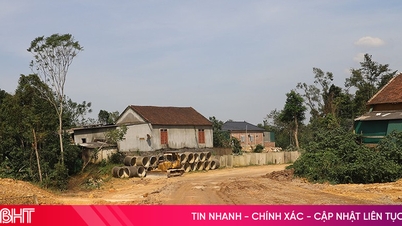
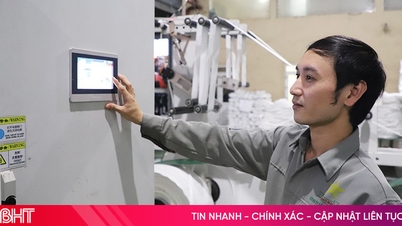
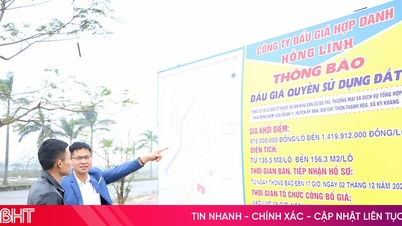
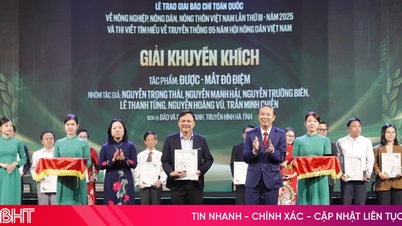
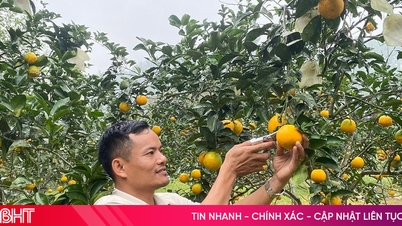

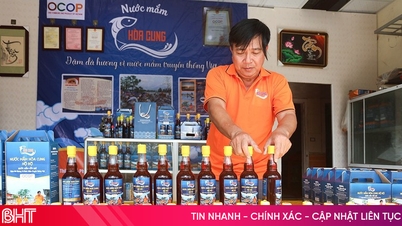
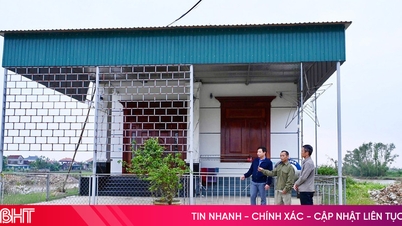




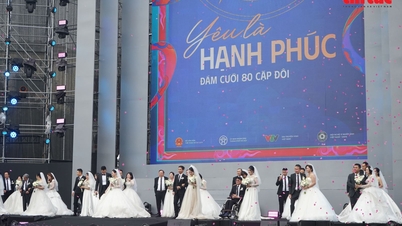
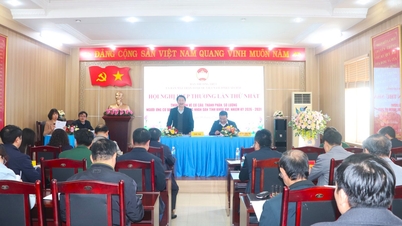
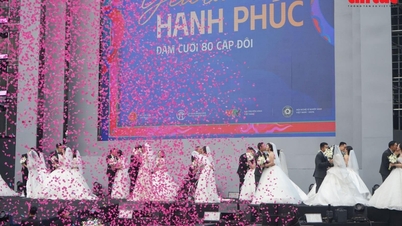
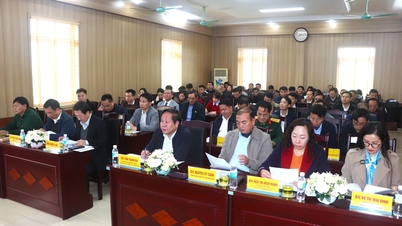


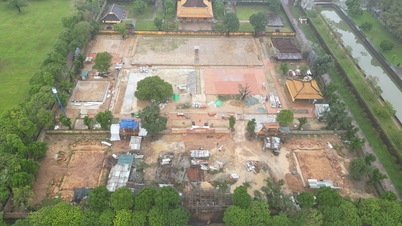

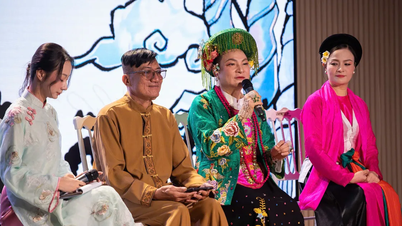



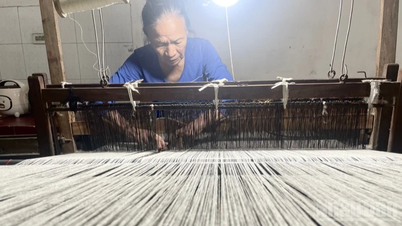

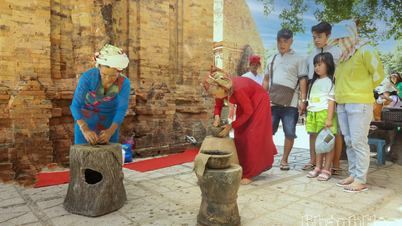

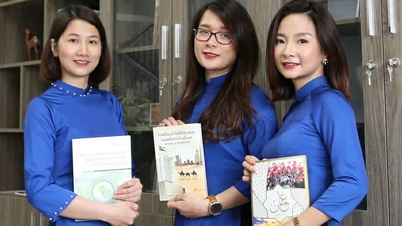











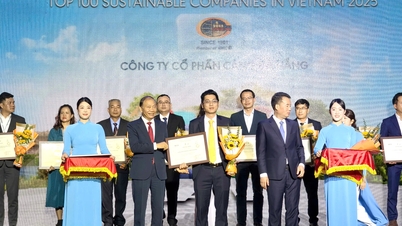
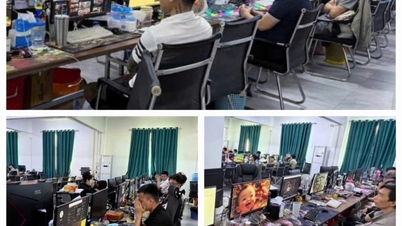

















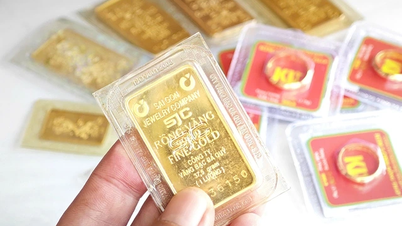

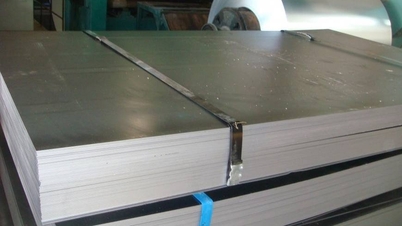


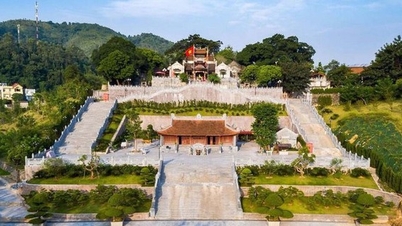





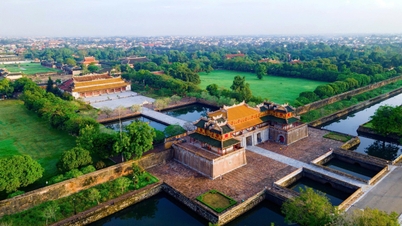

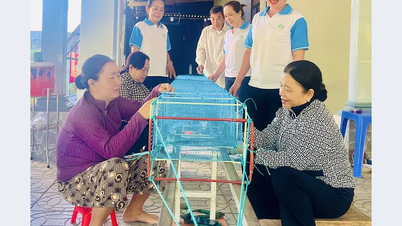

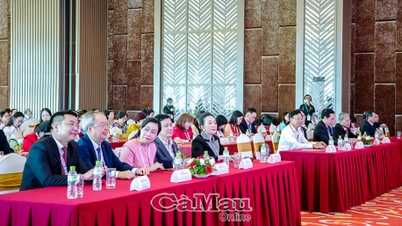

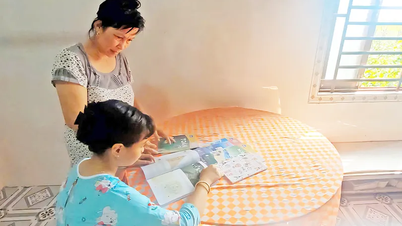





















Comment (0)